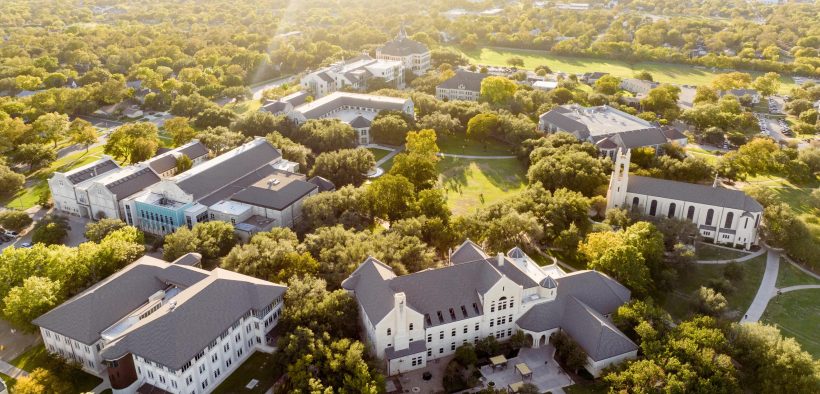Student Guide to Incident Reporting
Share

On September 9th, Southwestern University’s Human Resources sent out an email to the entire SU student body which included an alert that the Bias Incident Report Protocol had been updated, as well as a link to the new Bias Incident Response webpage, the purpose of the protocol, and an explanation of the reporting process. In this article I will concisely break down the process of reporting an incident, and everything you need to know from the webpage, email, and report form.
On the Bias Incident Response webpage, SU highlights our Core Values and Pirate Credo. Most students have heard the Values and Credo repeated to the point of semantic satiation, but they can all be consolidated as “respect the differences between individuals and don’t be a close-minded jerk”. My words, not theirs. The webpage proceeds to define an “Incident of Bias” as “conduct or behavior—whether verbal, nonverbal, or written—that is threatening, harassing (pervasive or unwelcome behavior), intimidating, discriminatory, or hostile, and that is based on a person’s identity or group affiliation.” Think: hate speech or behavior.
Once an incident report is submitted by a student there are two ways it can go, depending on if the reporter chooses to be anonymous or identifies themself.
If identified: a designated Bias Incident Responder will reach out to the reporter to provide options and open a dialogue. The Responder will be either the Dean of Students (until the Director of Student Inclusion and Belonging position gets filled) or a Title IX Coordinator. If the report includes allegations of discrimination, harassment, or sexual misconduct, the Responder will be obligated to refer the case to an office adjacent to the allegation (Equal Opportunity Office, Title IX Office, etc.).
It should be noted that the Bias Incident Responder is not an investigator, nor are they a disciplinary officer. They are intended to be a vessel to ensure that the matter is directed to the most appropriate office and to serve as student support. The Reporter will only share information on a need-to-know basis (as dictated by the University or the law) and will otherwise maintain the privacy of all parties involved.
If anonymous: any investigation will be limited and/or less thorough. The webpage states that the report “will still be reviewed to assess any community safety concerns or systemic issues that may warrant further response.” This is a broad assertion with no specific action directives but seems relatively reasonable depending on the information they receive in the report.
Noticeably, there is no formal appeal process for the Bias Response Protocol. If a student does not feel that their report was resolved adequately, they may request a follow-up conversation (presumably with the Responder, but the webpage does not specify).
If you are experiencing an emergency that requires immediate or medical attention, please call 911. If the issue is currently occurring, please call SUPD at 512-863-1944.
Bias Incident Response Webpage here
Report Bias-Related Incidents here
*Please do not be discouraged by the length of the Report Form. While there are 15 questions and an option to upload supporting documentation, only 3 questions are required (“What form(s) did the incident take?”, “Would you like a University employee to contact you?”, and “Would you like the University to respond to this incident?”). The other questions are extremely helpful in understanding the scope of the incident but are not necessary to submit the form.
